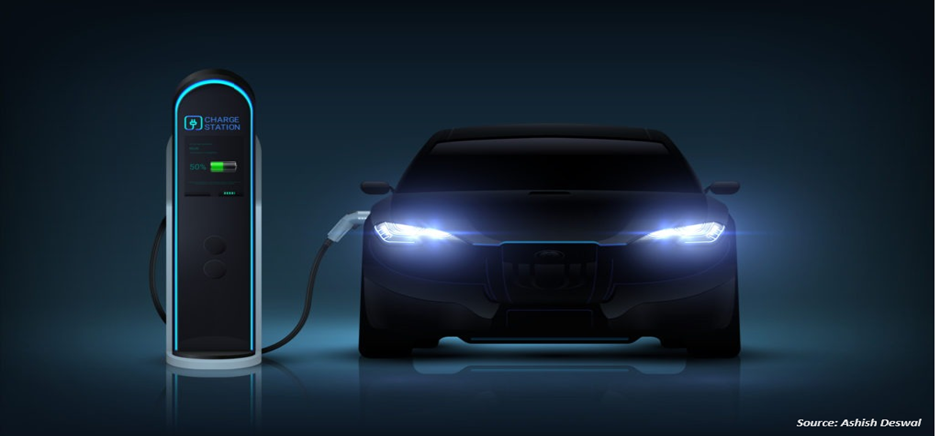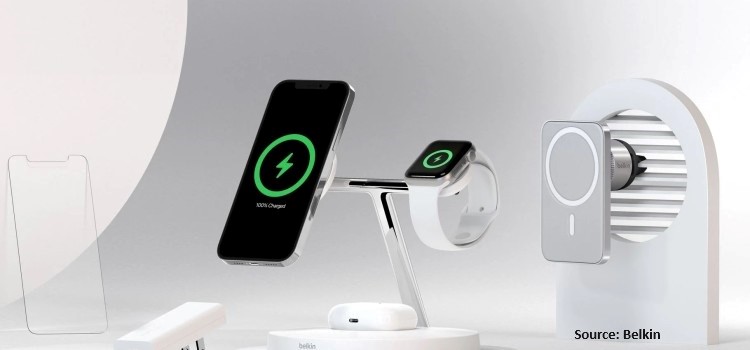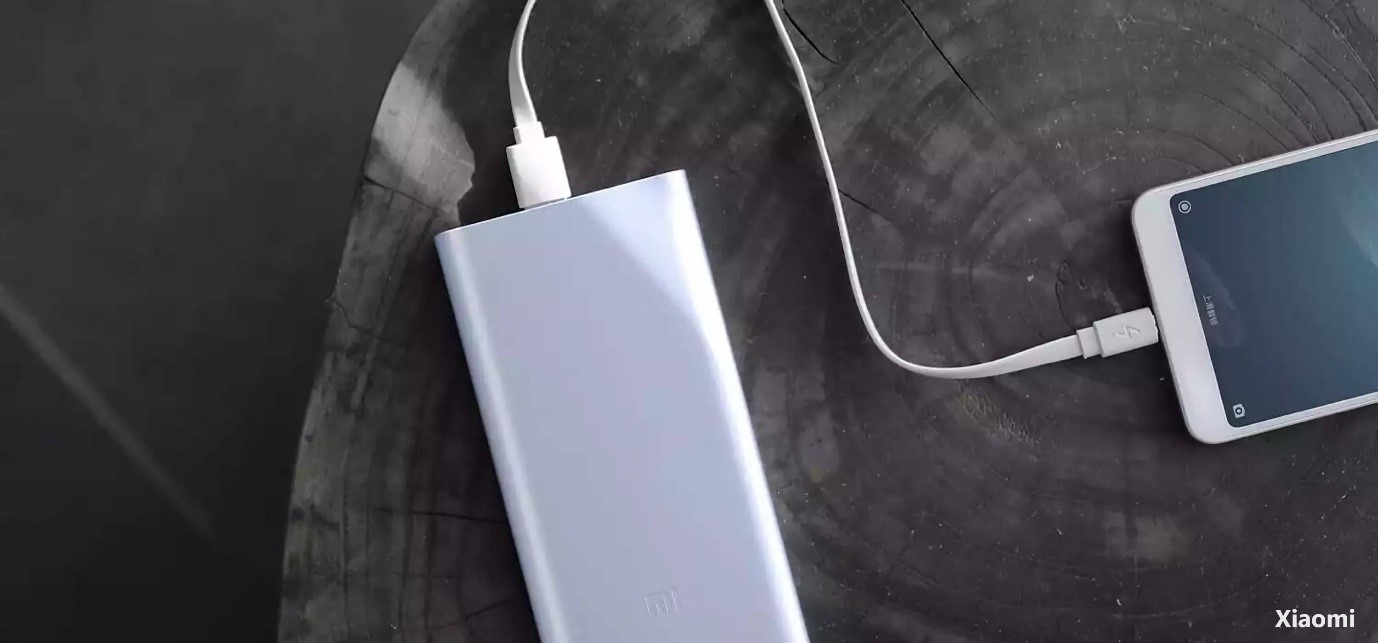
South Korea Battery Market by Type (Lead Acid, Lithium Ion, Nickel Metal Hydride, Nickel Cadmium, and Others), by Application (Residential, Industrial, and Commercial), and by Power Systems (Fuel Cell Batteries, Proton-Exchange Membrane Fuel Cells, Alkaline Fuel Cells, Phosphoric Acid Fuel Cells, Solid Oxide Fuel Cells, Molten Carbonate Fuel Cells, Air Cells, Flywheel Energy Storage, Nuclear Batteries) – Opportunity Analysis and Industry Forecast 2023-2030
Industry: Energy & Power | Publish Date: 16-Aug-2023 | No of Pages: 78 | No. of Tables: 55 | No. of Figures: 27 | Format: PDF | Report Code : N/A
Market Definition
South Korea Battery Market was valued at USD 3.33 billion in 2022, and is predicted to reach USD 13.23 billion by 2030, with a CAGR of 18.8% from 2023 to 2030.
A battery operates as a mechanism that stores energy and later releases it by transforming chemical energy into electrical energy. Typically, batteries produce electricity by harnessing one or more electrochemical cells. Batteries can be categorized into two distinct types such as primary batteries and secondary batteries. Primary batteries, also known as non-rechargeable batteries, offer a straightforward and convenient energy supply for various portable electronic and electrical devices, including cameras, watches, toys, lights, radios, and more. In contrast, secondary batteries, often referred to as rechargeable batteries, possess the capability to be recharged electrically once they've been depleted. These energy storage solutions have evolved into indispensable sources of power in our daily routines.
The progress of cutting-edge technologies, encompassing smartphones, tablets, laptops, solar energy systems, and electric vehicles (EVs), has ushered in the era of robust batteries capable of prolonged endurance and providing essential energy requirements.
South Korea's Dominance in the Battery Market: Driven by Government Initiatives and Electric Vehicle Growth
South Korea holds a large share of the battery market. This can be attributed to factors such as the increasing government initiatives and investments to reduce carbon emission and increase the numbers of electric vehicles in the country, which, in turn, contributes to the growth of battery market in South Korea. For instance, in September 2021, the government of South Korea announced a bill to mandating national carbon neutrality by 2050. Such initiatives are expected to drive the South Korea battery market in the forecasted period.
Leading Battery Manufacturers Fuelling Battey Market Growth in South Korea
presence of leading battery manufacturers, such as LG Chem, SK Innovation, and Samsung SDI Co. further boost market growth in South Korea. These players are adopting various strategies, such as expansion of business and product launches to maintain their dominance in the battery market in South Korea.
For instance, in January 2022, LG Chem announced that the company is investing USD 400 million for construction of a cathode materials plant in the South Korean city of Gumi. The plant will have an annual production capacity of 60,000 tonnes of cathode materials. LG Chem currently has two cathode materials production facilities in Korea with a total production capacity of 80,000 tonnes of cathode material per year.
Moreover, in September 2022, Samsung SDI showcased high-nickel prismatic battery cells, which are made with proprietary silicon-carbon nanocomposite technology, designed to improve energy intensity, charging speed, and durability. Samsung SDI has also stated that this new battery technology is specifically tailored for use in EVs as the company has collaborated with global automotive manufacturers, such as Volkswagen, BMW, and Stellantis, to supply batteries for their passenger EVs.
Concerns Regarding Battery Safety in South Korea
Improper battery management presents significant risks to both human health and the environment. An ongoing issue involves the incorrect disposal of used batteries, leading to their buildup in landfills. Over time, these batteries break down, releasing harmful substances that seep into the soil and adversely affect surface water and groundwater, disrupting aquatic ecosystems. Elements like mercury, cadmium, lithium, and lead found in these batteries exacerbate this ecological imbalance, underscoring the urgency for proper battery disposal practices. Consequently, these concerns are anticipated to impede the progression of the battery market.
Introduction of Nano-Diamond Batteries (NDB) in Multiple Industries
The growing adoption of Nuclear Diamond Batteries (NDBs) across various sectors including automotive, aerospace, and electronics is positioned to create fresh avenues in South Korea's battery market. NDBs represent a groundbreaking leap in energy generation and storage, fundamentally reshaping conventional battery concepts. These batteries showcase remarkable endurance by harnessing the energy derived from the radioactive decay of nuclear waste. The trajectory of South Korea's battery market is being shaped by the compelling attributes of NDBs, which encompass their compact form, adaptability, cost-efficiency, and scalability across a wide array of applications, ranging from compact chipsets to expansive industrial setups. Functioning as advanced diamond-based alpha, beta, and neutron voltaic batteries, NDBs offer a consistent source of clean energy for a diverse spectrum of applications, surpassing the performance of traditional chemical batteries.
Competitive Landscape
The South Korea battery industry includes several market players such as LG Chem Ltd., CATL, Samsung SDI Co. Ltd., BYD, SKI, ENVISION AESC GROUP LTD., Gotion High tech Co Ltd, Primearth EV Energy Co., Ltd., China Aviation Lithium Battery Co., Ltd., Panasonic Corporation.
Key Benefits
-
The South Korea battery market report provides a quantitative analysis of the current market and estimations through 2023-2030 that assists in identifying the prevailing market opportunities to capitalize on.
-
The study comprises a deep dive analysis of the market trend including the current and future trends for depicting the prevalent investment pockets in the market.
-
The information related to key drivers, restraints, and opportunities and their impact on the market is provided in the report.
-
The competitive analysis of the market players along with their market share in the South Korea battery market.
-
The SWOT analysis and Porter’s Five Forces model are elaborated in the study.
-
Value chain analysis in the market study provides a clear picture of the stakeholders’ roles.
South Korea Battery Market Key Segments
By Type
-
Lead Acid
-
Stationary
-
Motive
-
-
Lithium Ion
-
Lithium Nickel Manganese Cobalt (LI-NMC)
-
Lithium Iron Phosphate (LFP)
-
Lithium Cobalt Oxide (LCO)
-
Lithium Titanate Oxide (LTO)
-
Lithium Manganese Oxide (LMO)
-
Lithium Nickel Cobalt Aluminum Oxide (NCA)
-
-
Nickel Metal Hydride
-
Nickel Cadmium
-
Others
By Application
-
Residential
-
Industrial
-
Manufacturing & Construction
-
Automotive
-
Medical
-
Telecom & IT
-
Consumer Electronics
-
Power & Utility
-
Aerospace
-
Marine
-
Others
-
-
Commercial
By Power Systems
-
Fuel Cell batteries
-
Proton-Exchange Membrane Fuel Cells
-
Alkaline Fuel Cells
-
Phosphoric Acid Fuel Cells
-
Solid Oxide Fuel Cells
-
Molten Carbonate Fuel Cells
-
Air Cells
-
Flywheel Energy Storage
-
Nuclear Batteries
REPORT SCOPE AND SEGMENTATION:
|
Parameters |
Details |
|
Market Size in 2022 |
USD 3.33 billion |
|
Revenue Forecast in 2030 |
USD 13.23 billion |
|
Growth Rate |
CAGR of 18.8% from 2023 to 2030 |
|
Analysis Period |
2022–2030 |
|
Base Year Considered |
2022 |
|
Forecast Period |
2023–2030 |
|
Market Size Estimation |
Billion (USD) |
|
Growth Factors |
The growing government incentives The adoption of hybrid vehicles |
|
Companies Profiled |
10 |
|
Market Share |
Available for 10 companies |
|
Customization Scope |
Free customization (equivalent up to 80 working hours of analysts) after purchase. Addition or alteration to country, regional, and segment scope. |
|
Pricing and Purchase Options |
Avail customized purchase options to meet your exact research needs. |
Key Players
-
LG Chem Ltd.
-
CATL
-
Samsung SDI Co. Ltd.
-
BYD
-
SKI
-
ENVISION AESC GROUP LTD.
-
Gotion High tech Co Ltd
-
Primearth EV Energy Co., Ltd.
-
China Aviation Lithium Battery Co., Ltd.
-
Panasonic Corporation




 Speak to Our Analyst
Speak to Our Analyst

































